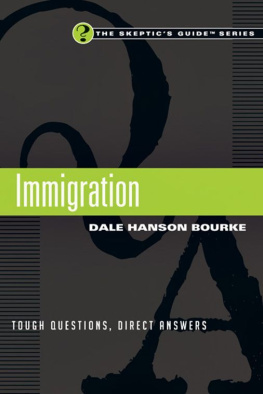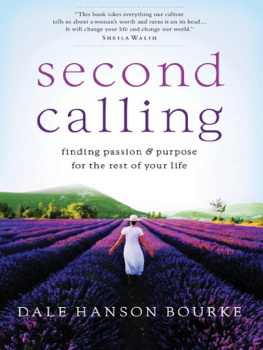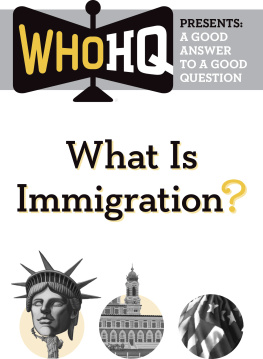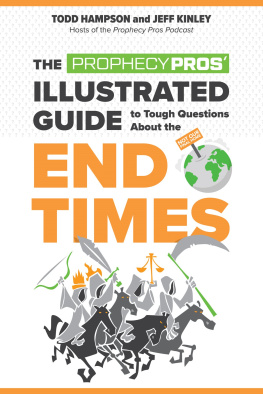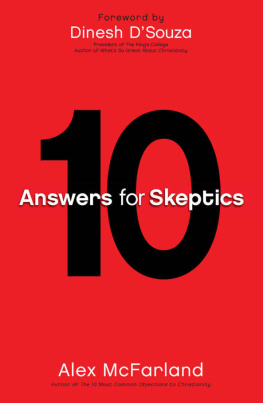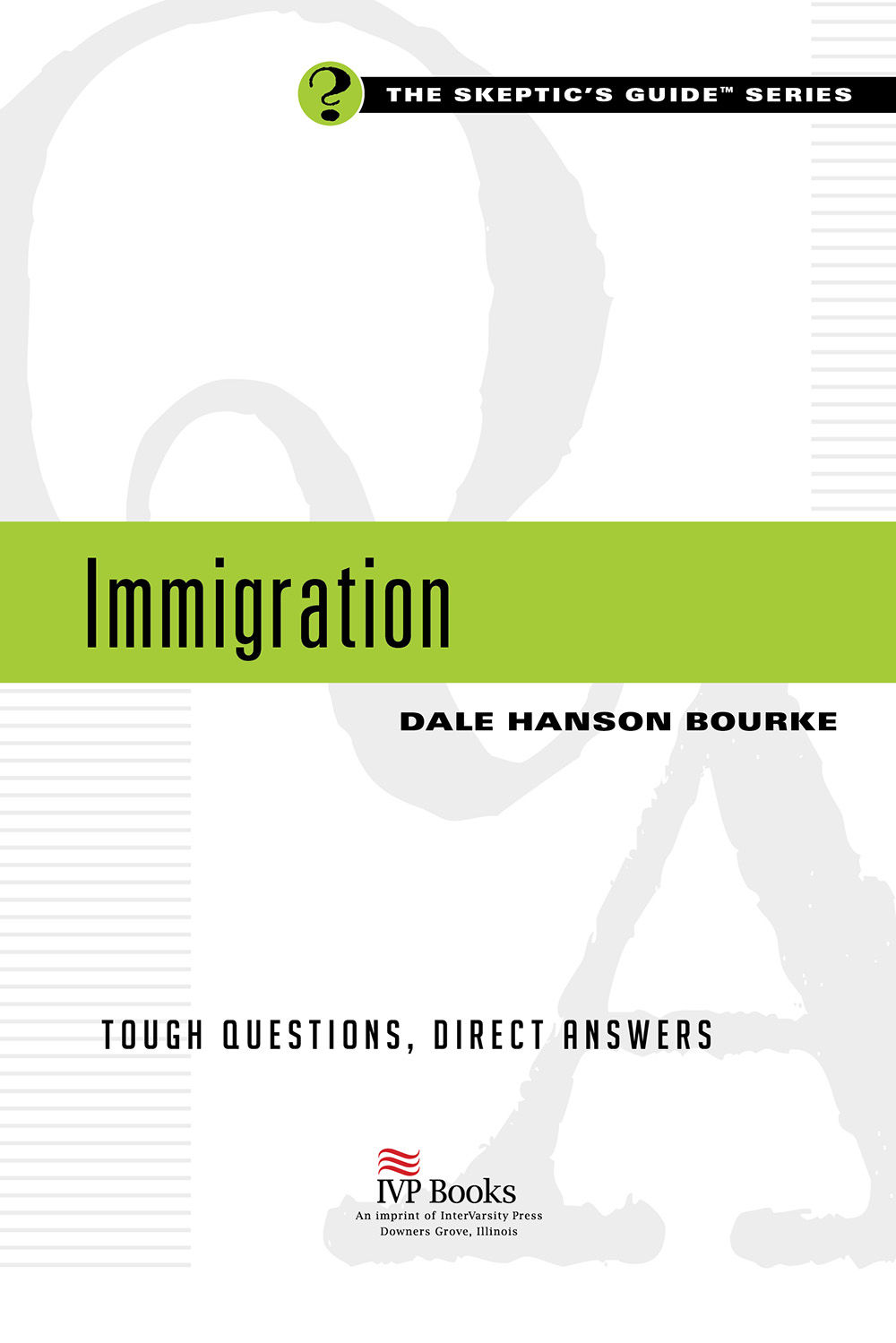InterVarsity Press
P.O. Box 1400,
Downers Grove, IL 60515-1426
World Wide Web: www.ivpress.com
Email:
2014 by Dale Hanson Bourke
All rights reserved. No part of this book may be reproduced in any form without written permission from InterVarsity Press.
InterVarsity Press is the book-publishing division of InterVarsity Christian Fellowship/USA , a movement of students and faculty active on campus at hundreds of universities, colleges and schools of nursing in the United States of America, and a member movement of the International Fellowship of Evangelical Students. For information about local and regional activities, write Public Relations Dept., InterVarsity Christian Fellowship/USA, 6400 Schroeder Rd., P.O. Box 7895, Madison, WI 53707-7895, or visit the IVCF website at www.intervarsity.org .
Scripture quotations, unless otherwise noted, are from the New Revised Standard Version of the Bible, copyright 1989 by the Division of Christian Education of the National Council of the Churches of Christ in the USA. Used by permission. All rights reserved.
While all stories in this book are true, some names and identifying information in this book have been changed to protect the privacy of the individuals involved.
Cover design: Cindy Kiple
ISBN 978-0-8308-7965-6 (digital)
ISBN 978-0-8308-4409-8 (print)
Contents
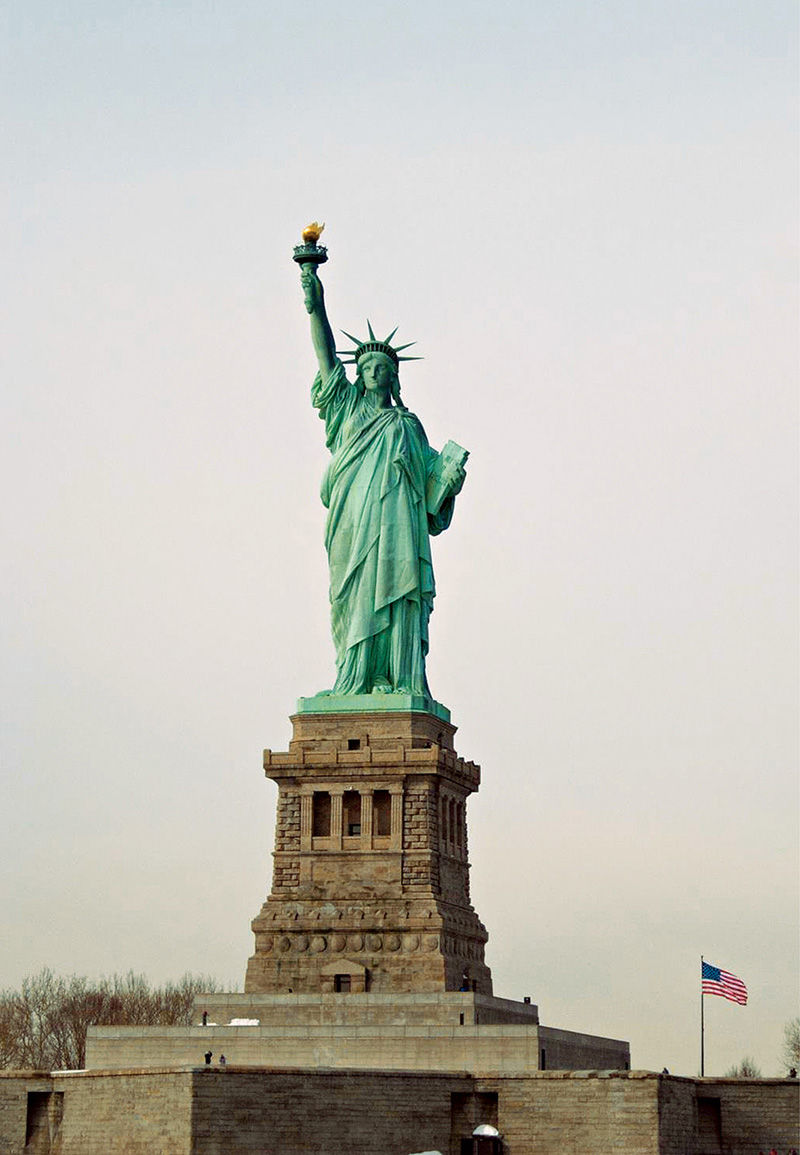
The Statue of Liberty.
Introduction
My grandparents simply called it the old country. They rarely talked about the place where they were born or seemed to miss anything about it. The old country was where they were from, but America was where they belonged.
As part of the great wave of immigrants in the early twentieth century, my grandparents arrived on a ship, were processed at Ellis Island in New York and settled into one of the ethnic neighborhoods in Chicago. Like most large American cities, Chicago absorbed a large share of immigrants from Ireland, Italy and Eastern Europe, many fleeing some form of poverty or persecution. They spoke their native language at their neighborhood stores, restaurants, bars and church.
Many of the immigrants, like my grandparents, were poorly educated. They never learned to speak much English and lacked the skills to integrate into society. They worked hard, long hours in factories, service industries or physical labor. Their children, born and raised in the United States, would speak the language of their parents only at home; with their friends they spoke English. Their goal was to leave their ethnic roots behind and merge into the mainstream of America, identifying less as Irish, Italian or Polish and more as Americans.
Much has changed in the century since my grandparents and others of their generation entered the land of opportunity. Today immigrants to the United States are more likely to come from Latin America or Asia. Few enter via ship or ever see the Statue of Liberty. Many arrive with advanced degrees.
The country that welcomed my grandparents as part of the tired, poor, huddled masses yearning to breathe free is now more selective. Entering America is less about finding a place on a ship than about finding a spot in one of the bewildering categories of the legal immigration systemand then hoping the quota doesnt fill before your number comes up.
The front door to America is accessed only through the most complex labyrinth, with many dead ends and blind alleys along the way. The back door, however, has remained temptingly unlocked for many years, offering students and others with temporary visas little incentive to declare themselves out of status and return to their countries of origin. And there are windows open as well, for those who cross the border at the right spot or risk their lives on a boat or with a smuggler.
The vast majority of immigrants today are seeking the same things as my grandparents: safety, security and a chance for a better life. But the rules have changed and keep changing. The goal of becoming an American is a moving target. I can only think that my grandparents wouldnt have a chance todaythey could never have navigated the complexity of the system in order to live their simple dream.
There has been much talk in the United States about immigration reform. Almost everyone agrees that the immigration system is broken. But how do we fix it? This book is not meant to convince anyone of what should be done. It offers the facts about immigration to date, shows how the issues in the United States are part of global migration issues, and offers some information about how the system works now and what proposals are on the table to improve it.
The book also talks about the more recent immigrants among us. Citizens, green card holders, temporary visitors and the precariously undocumentedhow do we, citizens of a nation of immigrants, relate to newcomers? How does the church care for those who cannot navigate the complex system and stand with those whose lives are torn apart by rules that often seem contradictory? What is right and just, kind and fair? My hope and prayer is that this book serves as a way to understand immigration and as a guide to move forward.
Acronyms
| CBP | Customs and Border Patrol |
| CPR | Conditional Permanent Resident |
| DACA | Deferred Action for Childhood Arrivals |
| DHS | Department of Homeland Security |
| DOE | Date of Entry |
| DREAM Act | Development, Relief and Education of Alien Minors Act |
| GEP | Global Entry Program |
| ICE | Immigration and Customs Enforcement |
| IDP | Internally Displaced Persons |
| INA | Immigration and Nationality Act |
| INS | Immigration and Naturalization Service (now the USCIS) |
| ITIN | Individual Taxpayer Identification Number |
| LEP | Limited English Proficient |
| LPR | Lawful Permanent Resident |
| NIV | Non-immigrant Visa |
| PRC | Permanent Resident Card (Green Card) |
| RPI | Registered Provisional Immigrant |
| UNHCR | United Nations High Commissioner for Refugees |
| USCIS | United States Citizenship and Immigration Service (formerly INS) |
| USCS | United States Customs Service |
| VOLAG | Volunteer Agency |
| VWP | Visa Waiver Program |
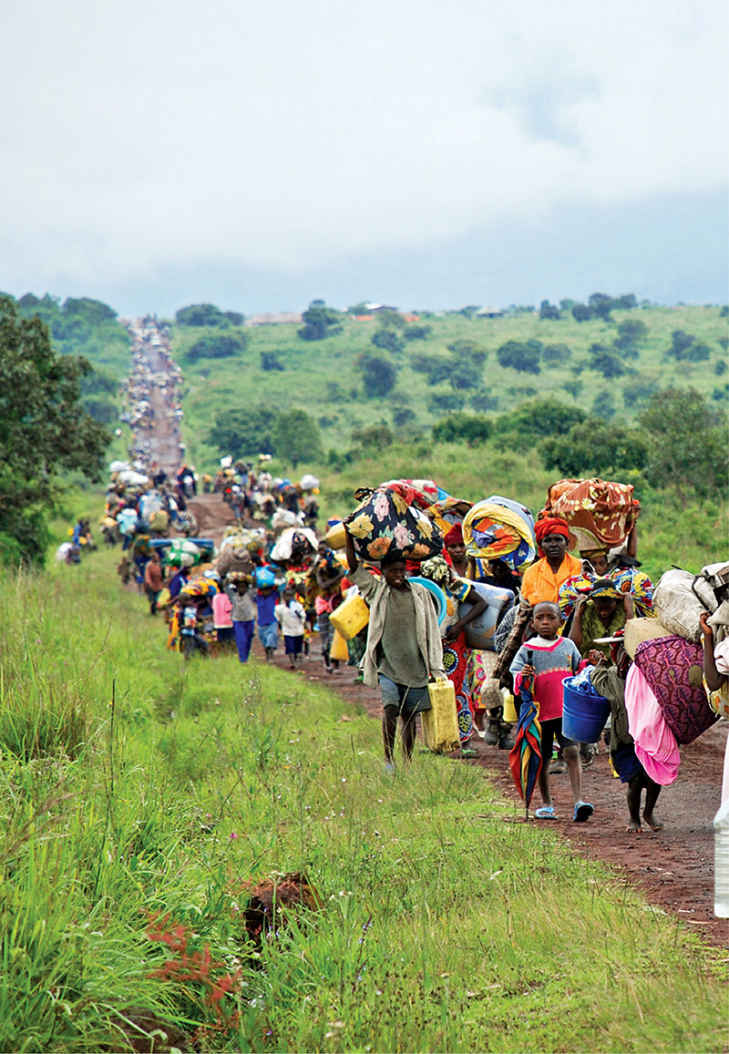
Refugees from the Democratic Republic of Congo (DRC) try to escape violence.
1. Defining Terms
Even though immigration is a hot topic, there is a great deal of confusion about some of the basic terms associated with it. Here are some of the most important terms used in the immigration debate.
Who is an immigrant?
An immigrant is a person who has left the land of his or her birth and moved to another country with the intention of settling there. Such a person may also be called foreign born, a term that some people consider to have less stigma than immigrant .
An immigrant can be a naturalized citizen, a lawful permanent resident (LPR), a refugee or asylum seeker, or someone who is unauthorized. Generally, those entering the country or remaining in the country are either immigrating legally or illegally.

